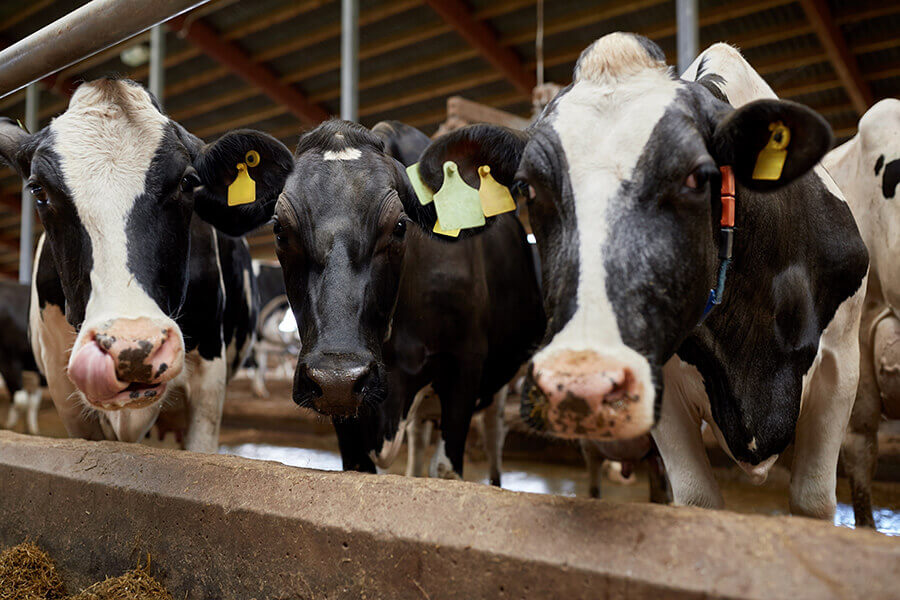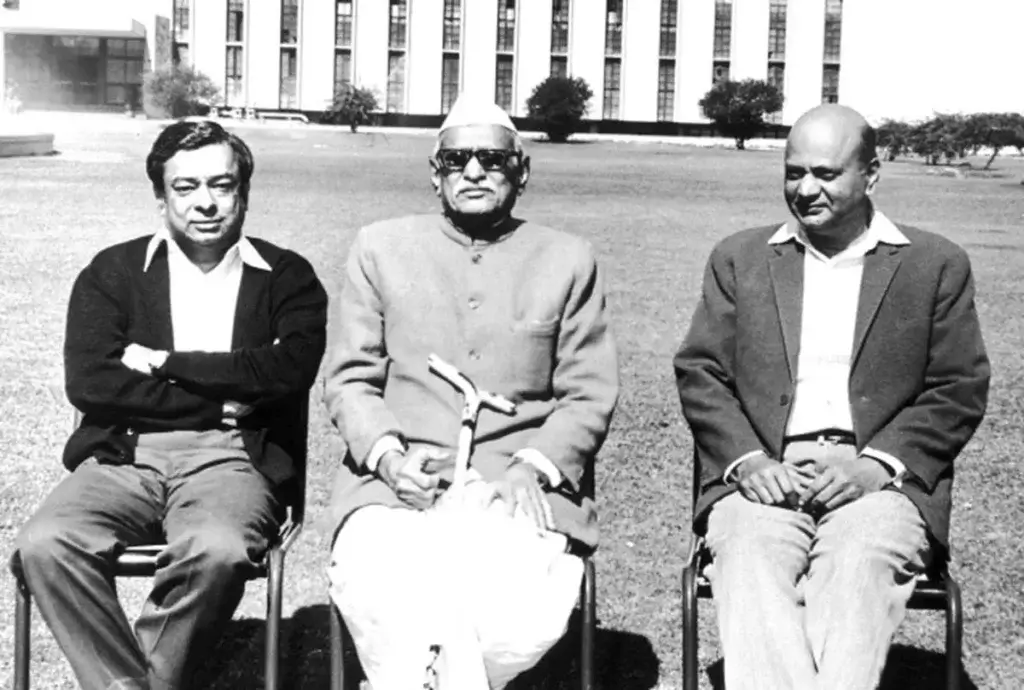The 220 million tonnes of milk it produced in 2022 is about 24% of the global output.
 TR Vivek
TR Vivek 
The 220 million tonnes of milk it produced in 2022 is about 24% of the global output.
 TR Vivek
TR Vivek
India’s White Revolution that made the country abundant in milk was born in 1970.
The Green Revolution that helped India achieve self-sufficiency in foodgrains such as wheat and rice had a head start of more than five years.
The Green Revolution is considered one of the most important events in the history of modern India. But the gains from the White Revolution are far more spectacular.
India’s milk production from 1950 to 1974 grew at annually at 1.36%, far below the rate of population growth. That meant the availability of milk for an Indian shrunk by 15% during the period. The Operation Flood or the White Revolution set in motion in 1970 has now made India the largest milk producer in the world. The 220 million tonnes of milk it produced in 2022 is about 24% of the global output. Indians have access to 440g of milk a day, far more than the recommended daily average of 387g. Milk is by far the most valuable component of Indian agriculture (bigger in value than rice and wheat) and the dairy industry accounts for nearly 5% of the country’s economy.

What did the White Revolution do?
The White Revolution broadly rung in three fundamental changes. One, created a nationwide chain of milk-specific cooperatives that could source milk from a network of millions of small farmers owning as few as two or three animals. With access to big volumes of milk, the cooperatives could invest in large processing infrastructure. They set up small rural collection centres with milk chilling and basic quality check equipment where farmers could sell their output twice a day. The quality checks ensured that farmers’ milk was tested for the fat content, and they were paid fairly in accordance with quality not quantity of milk. At once, it brought in a level of quality assurance the country’s unorganised milk sector was not used to.
Two, The White Revolution introduced new technologies that improved milk productivity. Native Indian cattle breeds such as Sindhi were cross-bred with European Jersey, Brown Swiss and Holstein-Friesian cows. The cross-bred cattle could withstand the hot and tropical Indian conditions, and yet produce more milk. This could only be accomplished by making veterinary services and techniques such as artificial insemination more accessible.
Third, and perhaps most importantly, an extremely perishable produce of farmers was effectively linked to urban markets. All regional cooperatives branded their dairy products—from Amul in Gujarat to Sudha in Bihar, and a national marketing campaign around milk and its benefits as a cheap and accessible source of nutrition helped create sustainable demand.
An important outcome of The White Revolution was the impact on gender equality. Women’s participation in the dairy industry increased to nearly 70%.

Verghese Kurien, one of the architects of the White Revolution and a founder of the co-operative dairy brand Amul in his 2005 autobiography I Too Had a Dream notes: “In 1998 the World Bank published a report on the impact of dairy development in India and looked at its own contribution to this. The audit revealed that of the Rs 200 crore the World Bank invested in Operation Flood, the net return into India’s rural economy was a massive Rs 24,000 crore each year over a period of ten years. Certainly no other development programme, either before or since, has matched this remarkable input-output ratio.”